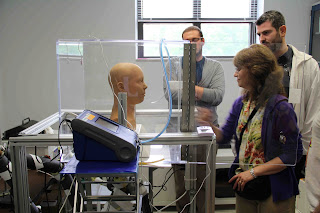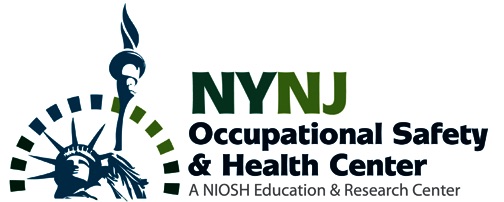Last night, a bunch of our group walked to Canada to view NIagara Falls from the Canadian side.
Today we visited Love Canal. Our colleagues from Conestoaga
Rovers and Associates presented an overview of the history of Love Canal,
including the dumping if wastes in the canal, development and design of the
landfill, and control of the wastes that a re buried on site. Many of the
environmental and health and safety regulations are now in effect because of
Love Canal, including Superfund and the creation of the National Priorities
List (NPL) of hazardous waste sites. The tour included a look at the treatment
facility on site. Then we walked on the cap of the Love Canal site. The site
looks park-like, with a few monitoring wells around the perimeter. Love Canal was de-listed in 2004, and now is
in a monitoring and treatment operation.
We dropped our colleagues from the University of Cincinnati at the Buffalo Airport. It was great having you on board and participating in our trip. We are heading back home on our bus. Another successful Historical Perspectives Tour. Thanks to all of our particpants for an enjoyable week. And a big thanks to Dave, our bus driver, for getting us around safely!























